Samseonghyeol
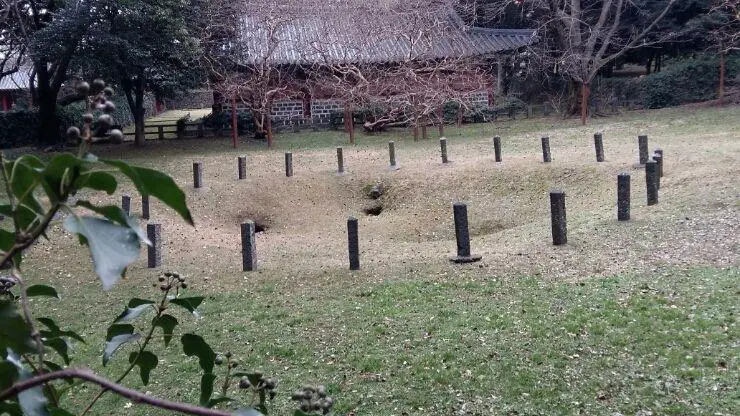
Three mysterious holes in the ground in Jeju City. According to legends from these holes came semigods – founders of the ancient Tamna state on Jeju island. In the 16th century here were built walls and altar.
Daepyeong
A prehistoric settlement, inhabited in the time period between 3500 BC and 500 AD, one of the earliest permanent settlements in this region of Asia. This settlement has the oldest earthwork fortifications in East Asia (in the oldest layer) and was an early center of jewelry and pottery handicrafts.
Cheomseongdae
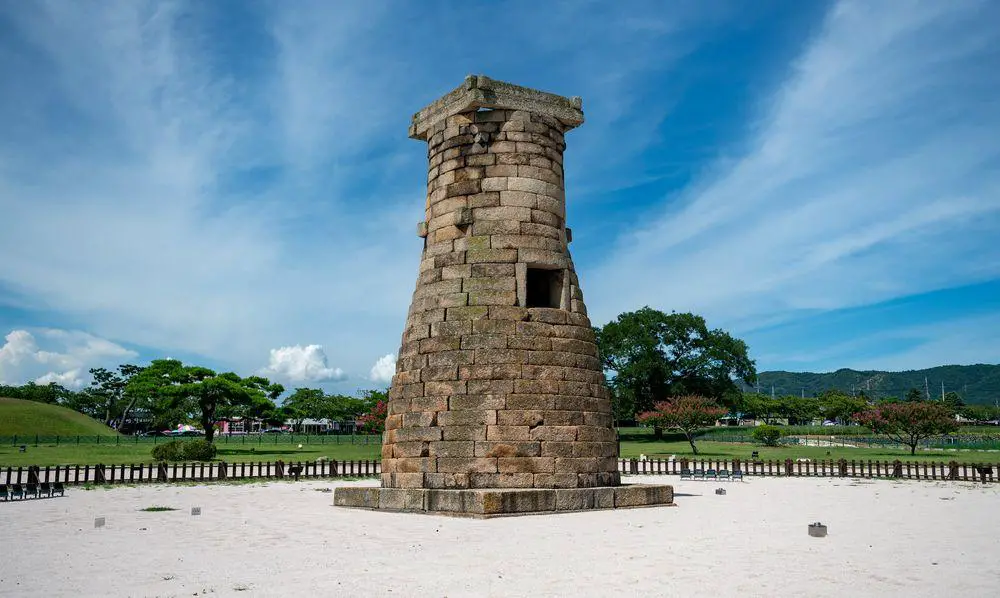
Ancient astronomical (astrological?) observatory, built in the 7th century AD. One of the oldest observatories in the world.
Bangudae Petroglyphs
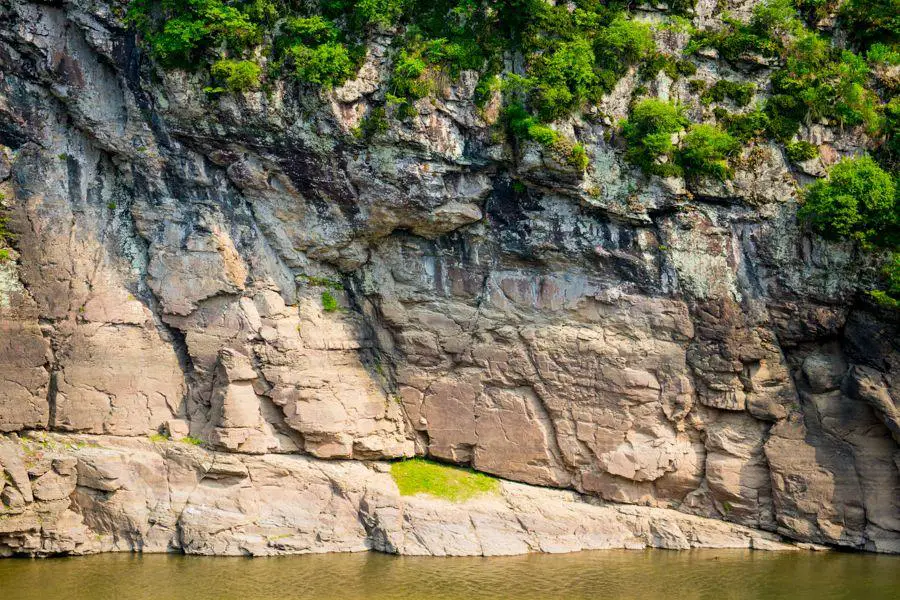
A group of rock art that is engraved in the cliffs along Daegokcheon Stream. Engravings were left by prehistoric people, mostly in the late Neolithic – Bronze Ages. Engravings show whales and other animals, people.
Umbilical cord tomb of Taejo
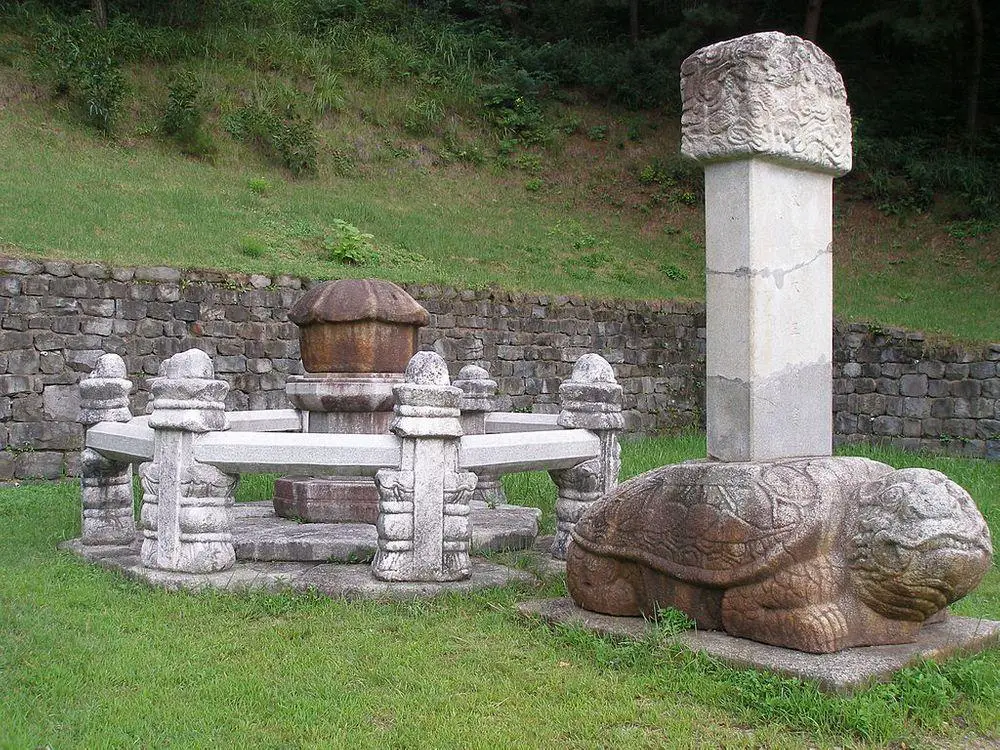
Royal tomb where the umbilical cords of King Taejo (the early 15th century) and his son Jeongjong are buried.
Tomb of King Muryeong
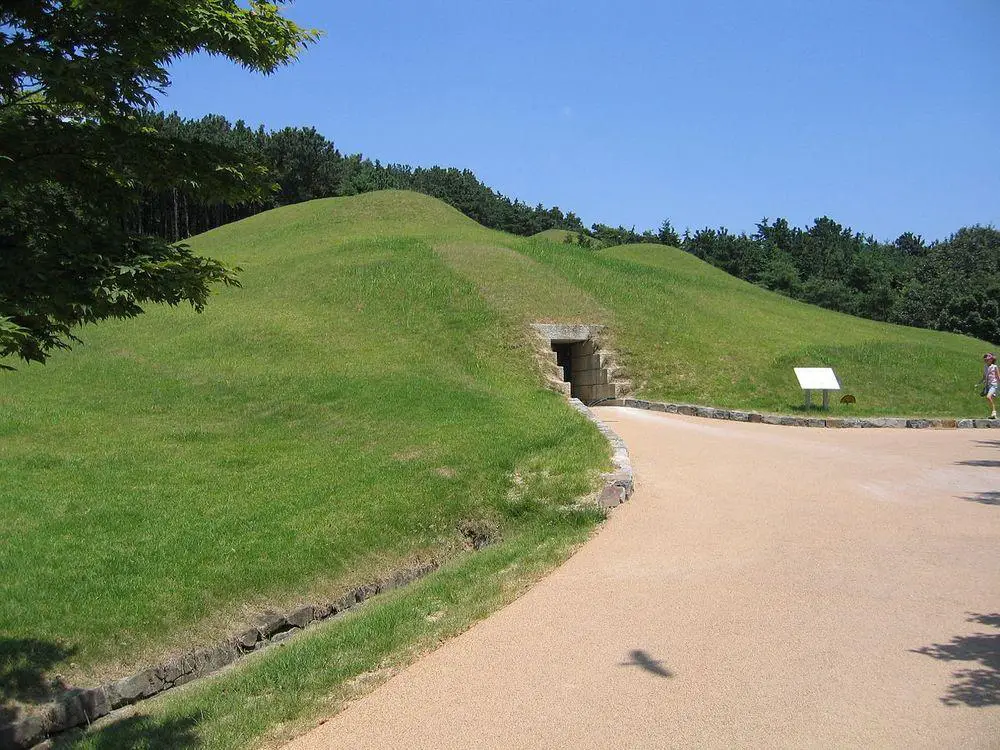
Burial of the ruler of Baekje Kingdom in 501 – 523 AD. This tomb was found intact and has been one of the most interesting archaeological discoveries in the history of South Korea.
Haman tumuli (Malisan tumuli)
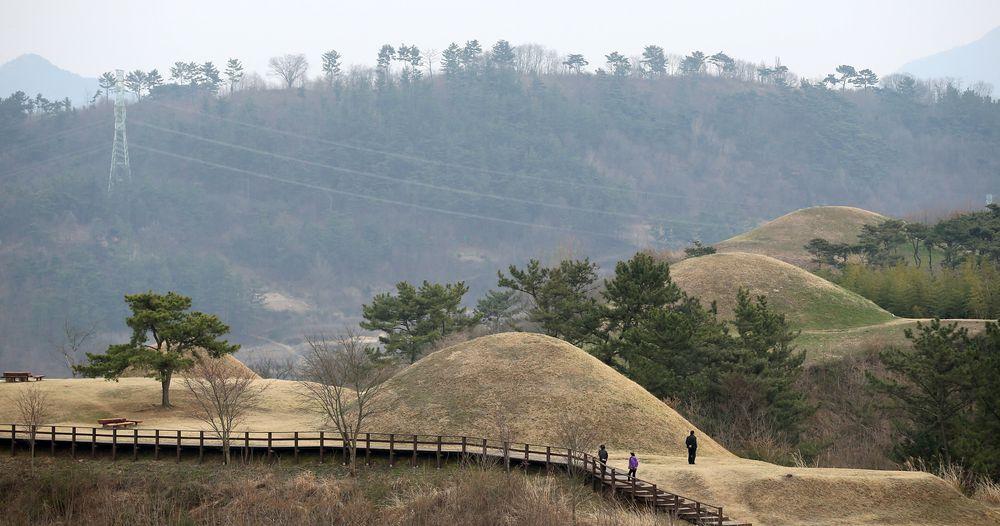
Hundreds of smaller and larger burial mounds – burials of the kings and nobleman of Gaya state.
Goryeong Jisandong Tumuli
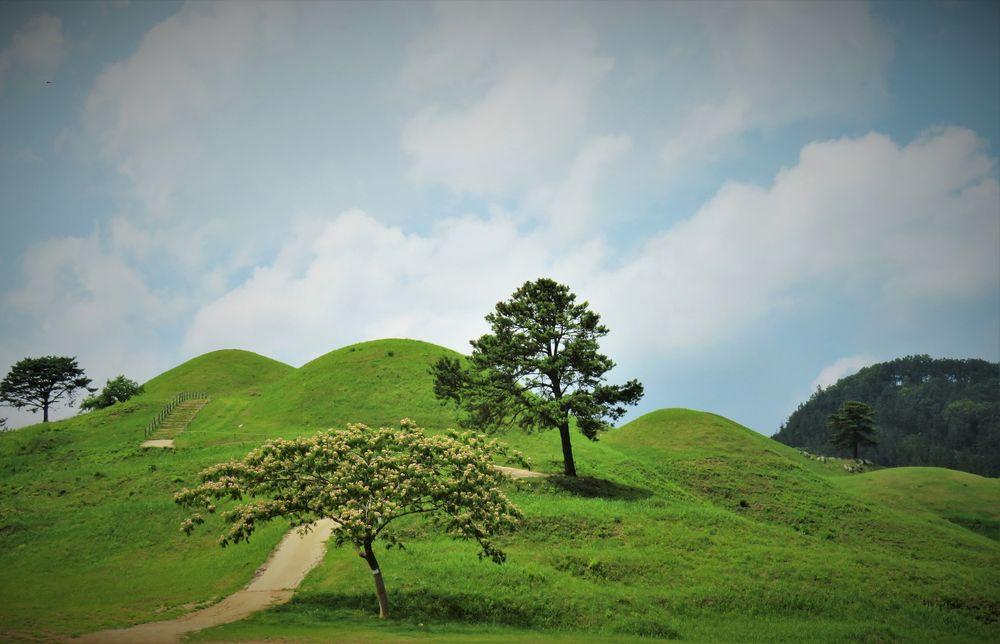
Group of nobleman’s burials from the Daegaya period, built in the 4th – 6th century AD. Thus far are known 704 burials with diverse designs.
Osang-ri dolmens
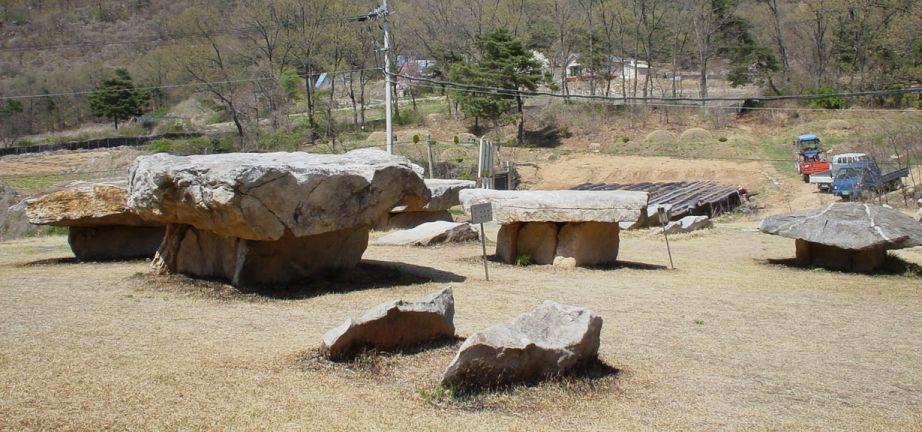
Group of 12 dolmens on Ganghwa Island. Six of these dolmens were rebuilt when the site was listed as UNESCO World Heritage Site.
Petroglyphs in Cheonjeon-ri
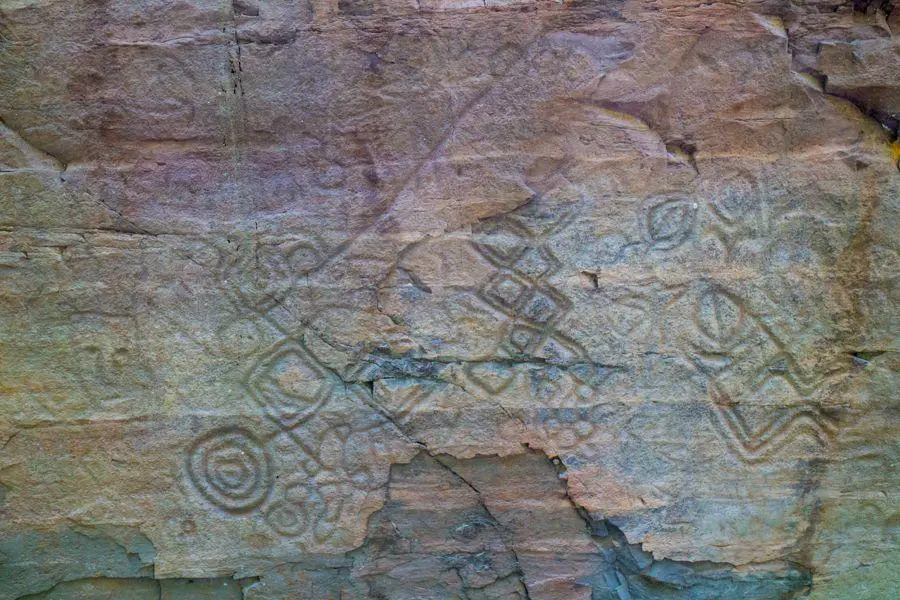
A sacred site throughout millenia. Groups of rock art, engraved in the cliffs along Daegokcheon Stream. Most petroglyphs were made in the late Neolithic – Bronze Ages, but also the intellectuals of Joseon Period (the 14th – 20th century) have left engravings here.
